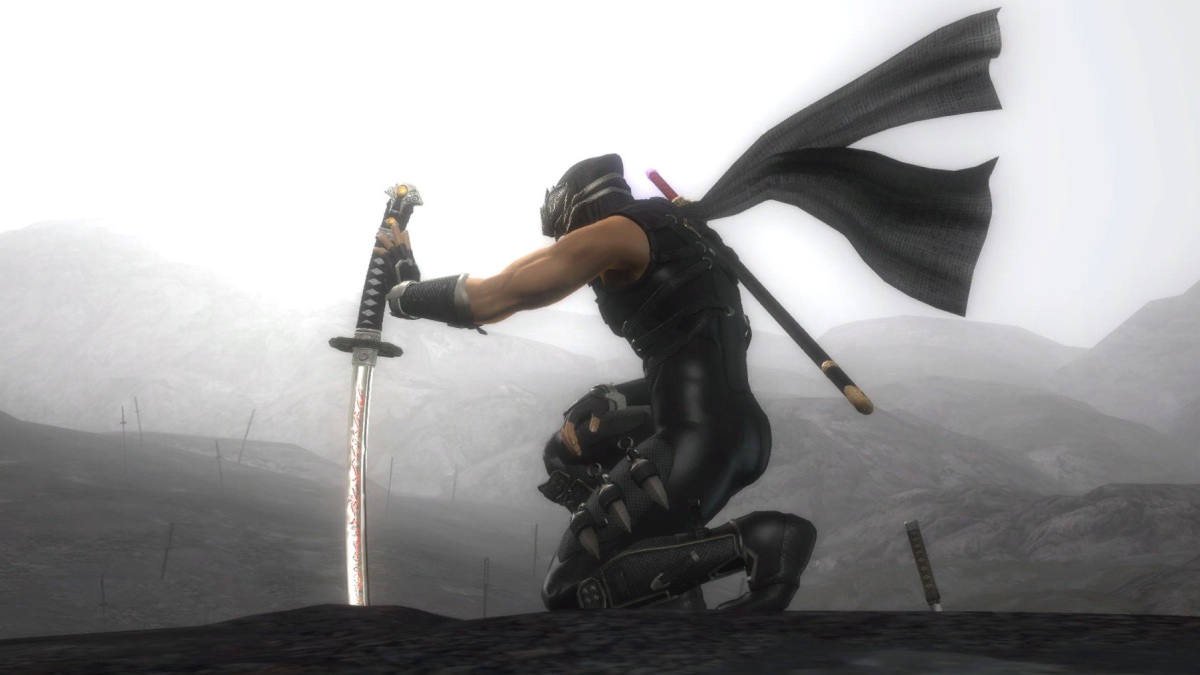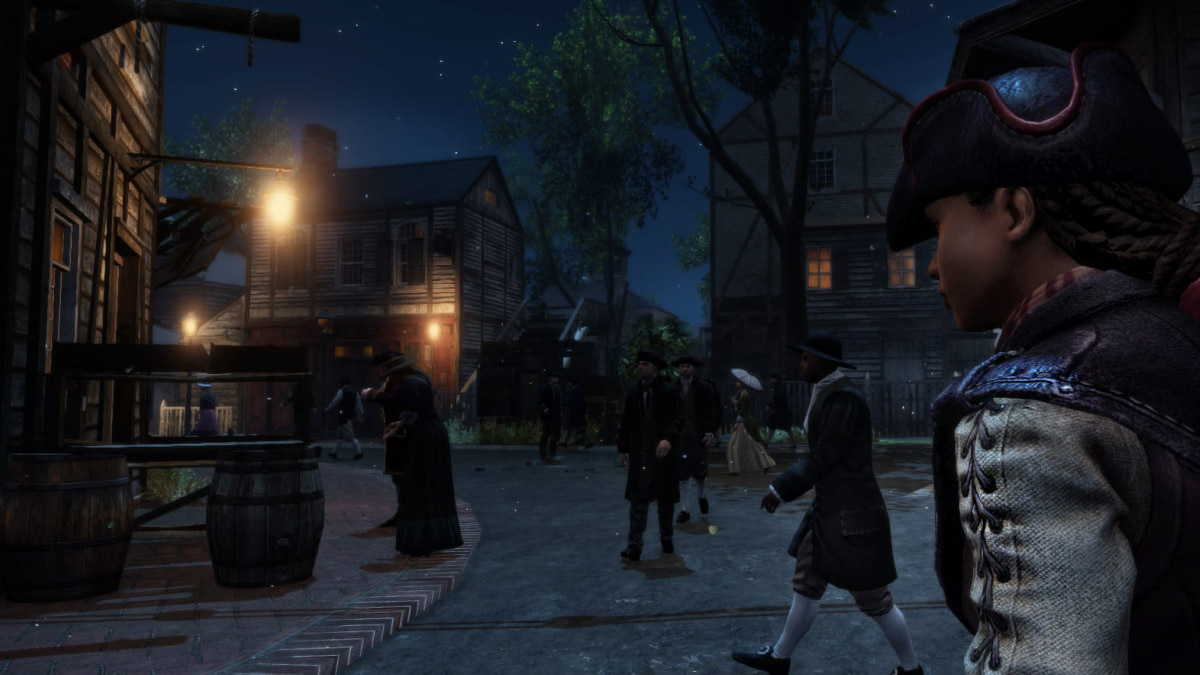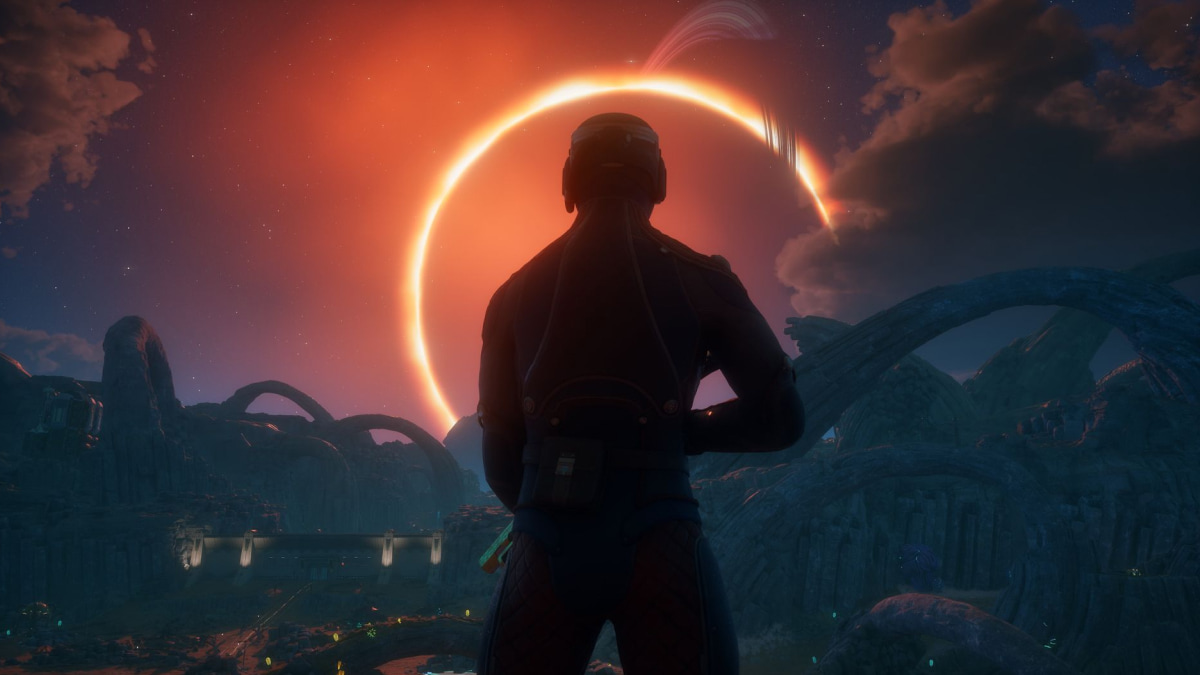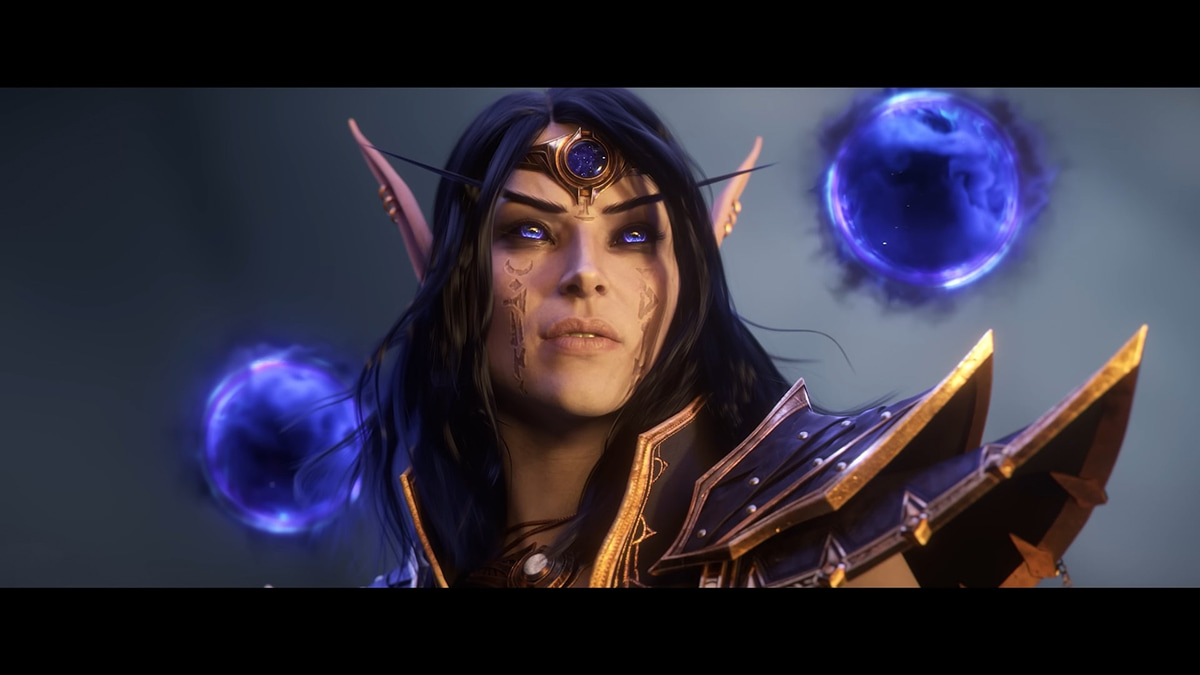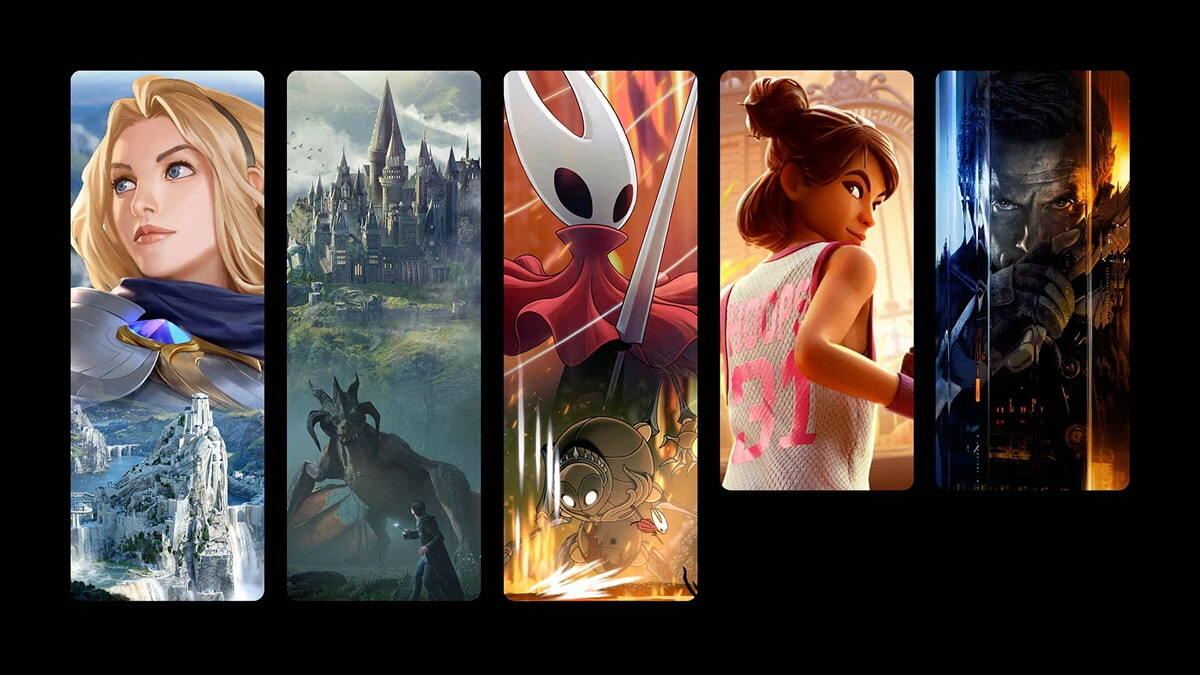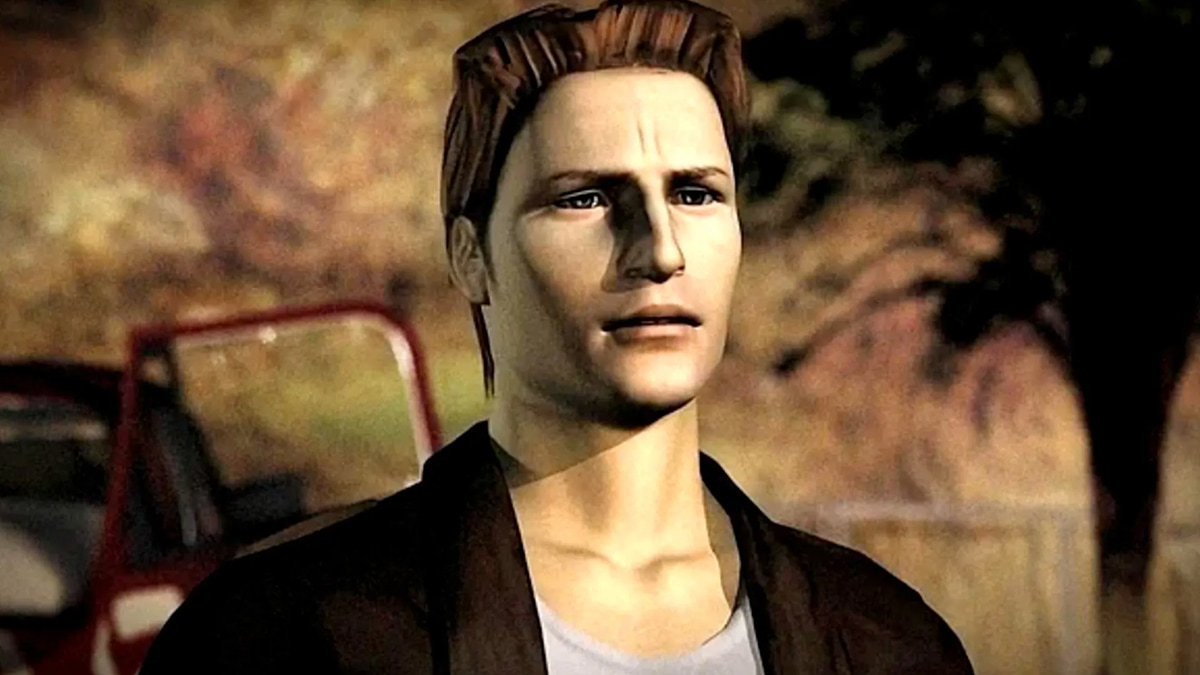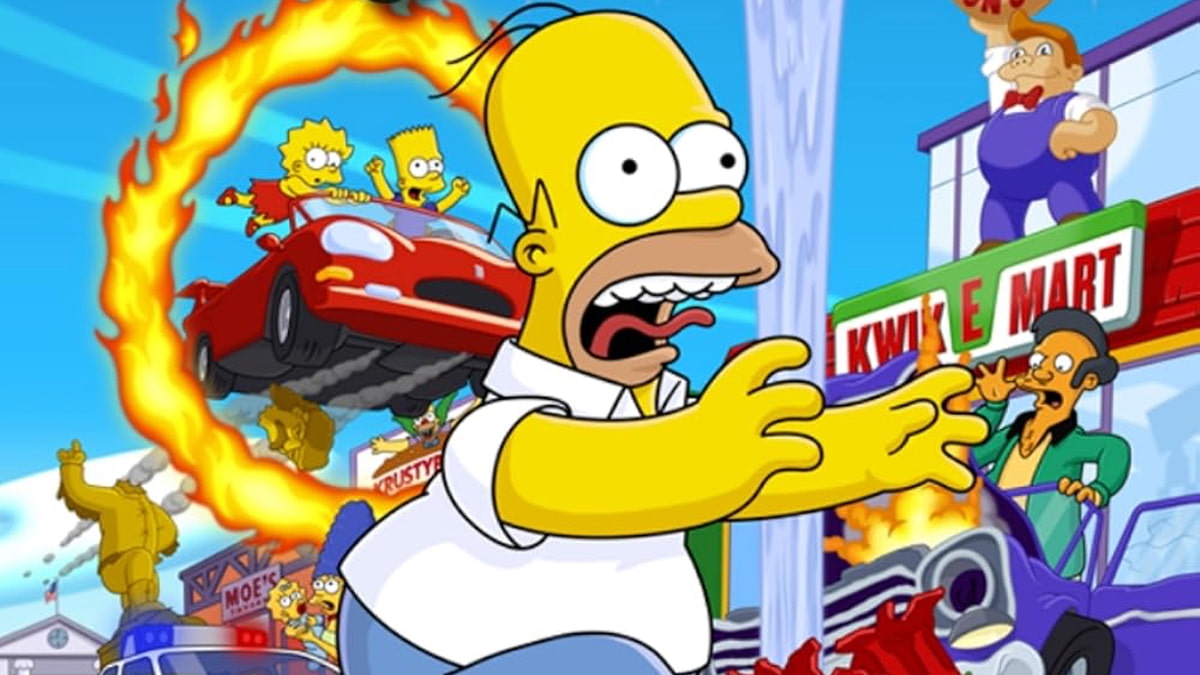You can trust VideoGamer. Our team of gaming experts spend hours testing and reviewing the latest games, to ensure you're reading the most comprehensive guide possible. Rest assured, all imagery and advice is unique and original. Check out how we test and review games here
On 16 October, Dead or Alive creator and director of the 2004 Ninja Gaiden reboot series, Tomonobu Itagaki, passed away. A private individual in recent years, it wasn’t known to many that he had been ill, but various posts by friends on Facebook and X (formerly Twitter) confirmed the news to the wider world on the same day.
Having joined Japanese video game company Tecmo in 1992, he eventually headed up Team Ninja, a subsidiary of the company. It would lead to him creating the Dead or Alive fighting series, as a way of setting up a rival to Bandai Namco’s Tekken series, and eventually, rebooting Ninja Gaiden. Below, I’m going to be celebrating his successes, as well as explaining why Ninja Gaiden 4 will now be a perfect tribute to Itagaki.
A Sequel for the Millennium
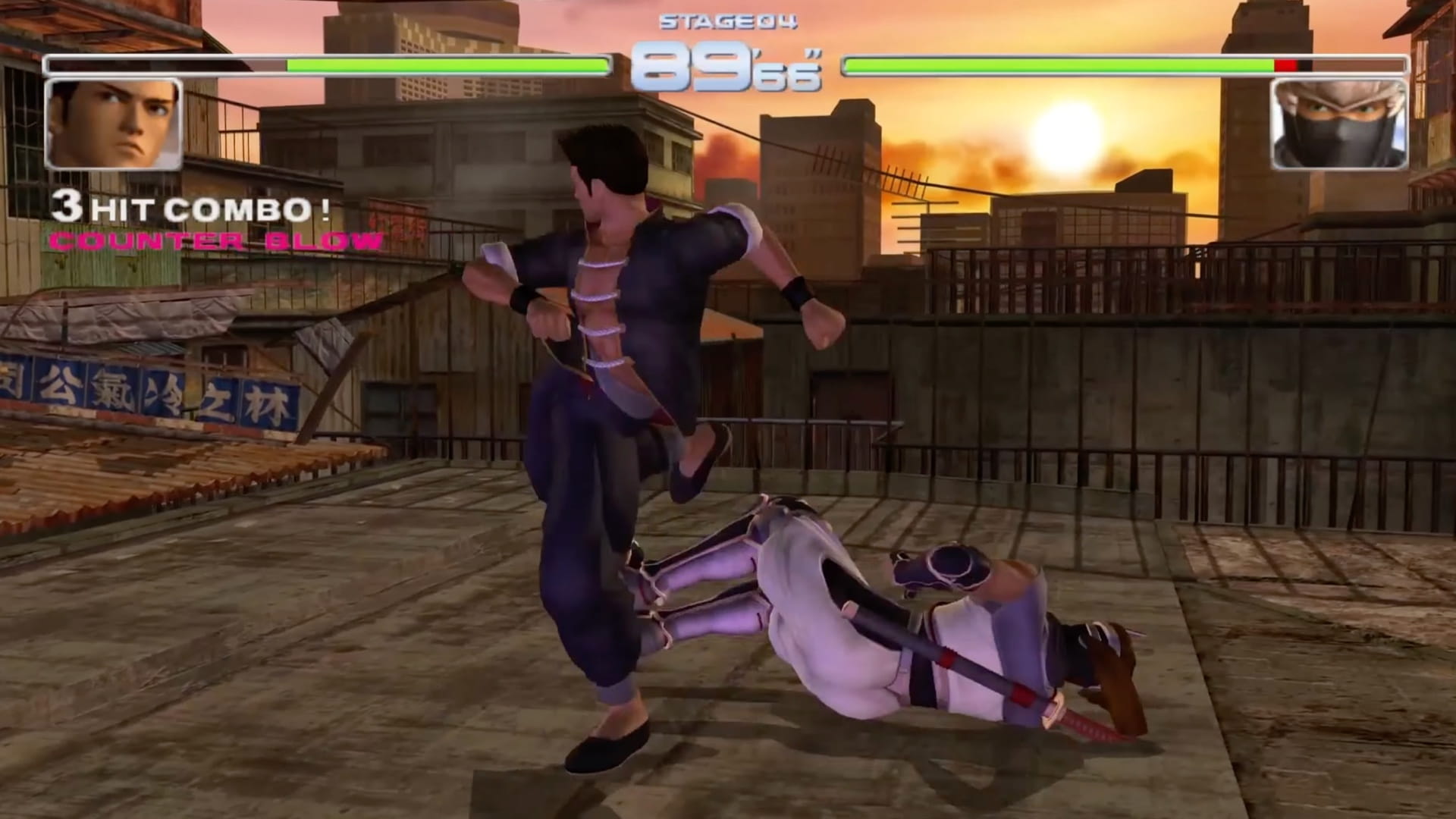
When you play a then next-generation console for the first time, there’s always a title that makes you think that you have officially arrived.. Metal Gear Solid 2 was that title for me when I bought a PS2 in 2001, but for the Sega Dreamcast, it was two: Sonic Adventure and Dead or Alive.
Ever since playing the Tekken 2 demo when my original PlayStation arrived in the household in 1997, I never thought that fighting games could get better. How wrong I was when I first loaded up 1999’s Dead or Alive 2. Not only were the graphics an incredible step-up from what I was used to in 1998’s Tekken 3, but the animations were spellbinding.
The immaculate detail of the fighters, from their clothes to how they fought, owes much to the fact that Itagaki worked with several martial artists for the game to get the motion capture exactly right.
From then on, I was aware of Itagaki and would follow Dead or Alive until he departed from the series in 2005 with Dead or Alive 4. But by then, he was involved in another series that I’ve been a fan of ever since: Ninja Gaiden.
A Final Gaiden (外伝)
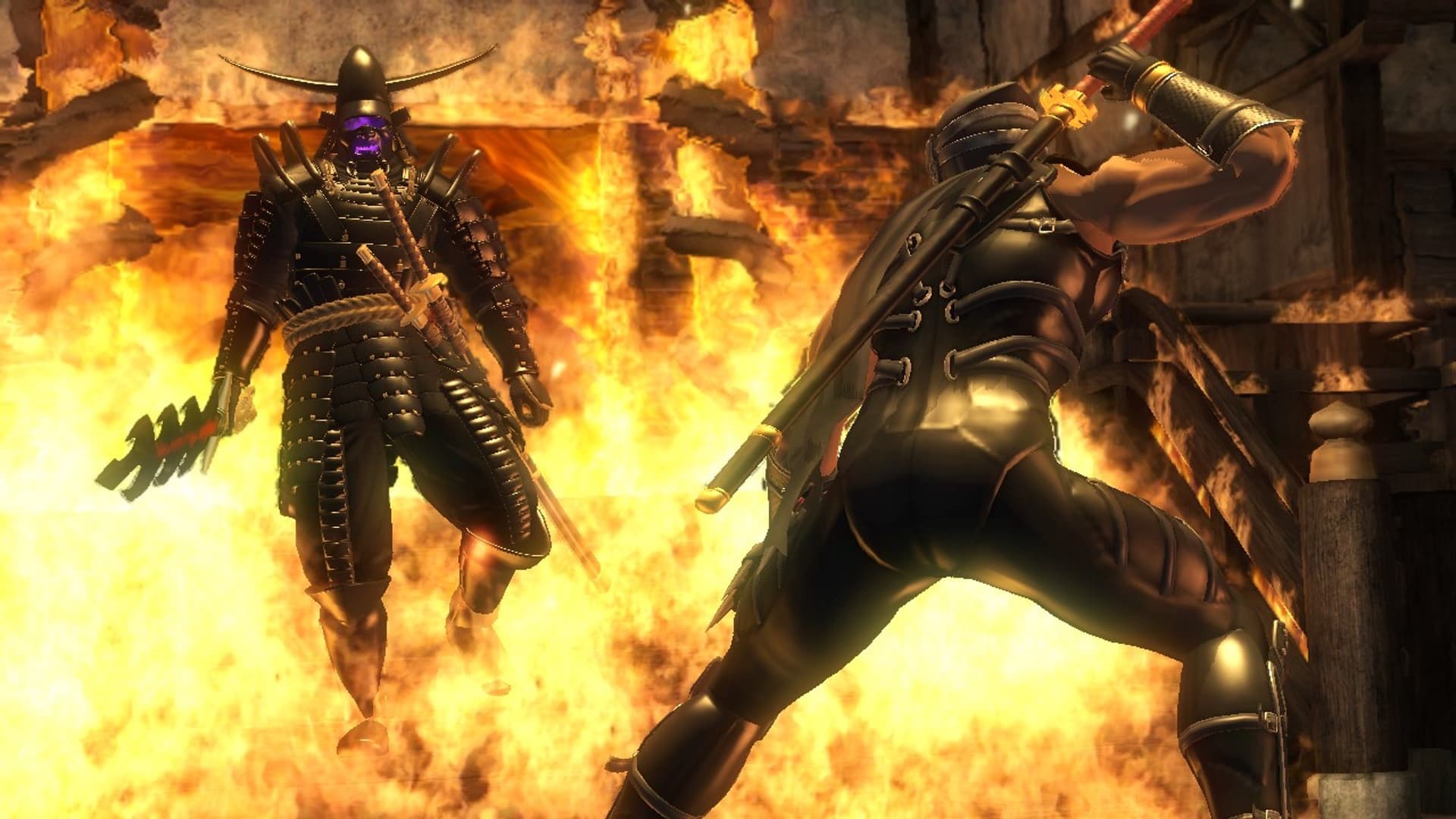
Having owned an Xbox from 2003, I always thought of it as an unofficial Sega Dreamcast follow-up, due to the presence of many games that were either ports or successors of previous Sega franchises on the console, such as Jet Set Radio and Panzer Dragoon. Indeed, I wasn’t aware at the time just how true this could have been if history had taken a different path.
There are also some odd parallels with 2004’s Ninja Gaiden, here. Originally starting development in 1999 for the Dreamcast, plans changed, slating it to arrive on the PS2, until Tomonobu Itagaki pitched otherwise. Having been impressed by the original Xbox’s capabilities, he convinced Tecmo’s higher-ups that Ninja Gaiden should debut on Microsoft’s console instead.
From then on, Itagaki and his team got to work, honoring the previous Ninja Gaidens with returning enemies and the same protagonist as before, but for a whole new audience. It was a success, with many media outlets proclaiming it was one of the best action-challenge games ever made. Having owned the game since launch day on March 2, 2004, I agreed.
The game seemed to easily carry over the challenge that I had experienced in previous Ninja Gaiden games from the NES console, as well as from Sega’s rival ninja series, Shinobi. But this time, it was in full 3D, and it worked perfectly. I would constantly come back to the game and its subsequent updates, with Black and Sigma, followed by Sigma Plus, on my beloved PS Vita handheld in 2012.
But I have to admit, my love for the series fell out after Ninja Gaiden 3, and looking back, it’s easy to see why. Itagaki had left Team Ninja by then, and it seemed like the charm of the first two games had diminished, too. However, it’s been great to revisit the two games via the Master Collection on my Switch.
Itagaki was a thorough director, allegedly wanting perfection from his team and the projects they were all working on. That showed in every game he was involved in, and it seemed that he was doing the same with an unannounced game. While I’m looking forward to seeing if this title ever appears, for now, I’m looking forward to Ninja Gaiden 4.
Despite Itagaki not being involved with this upcoming title, it still stems from the groundbreaking advances he and his team achieved over 20 years ago. Looking at the initial trailer and subsequent screenshots and videos, you can easily tell that there’s plenty of inspiration from Itagaki. Whether it’s the art style, the cinematography, or just the sheer gore, it seems firmly rooted in the Itagaki tradition of game development.
There’s inspiration everywhere, no matter how hard it may be to find it for yourself. And even if things seem incredibly difficult, there’s always a way forward (even if that way is daunting and full of deadly ninjas). To me, Itagaki proved this to be true in his games. His work and legacy are an inspiration. Rest in peace, Itagaki-san.
References
- NINJA GAIDEN: Master Collection (Nintendo)
- Ninja Gaiden 4 – Story Trailer | PS5 Games (YouTube)
